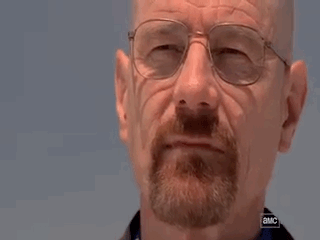ALBUQUERQUE, N.M. — In a scathing assessment, the Justice Department said Thursday that the Albuquerque Police Department, whose officers have shot and killed 23 people in the last four years, had engaged in a “pattern or practice of use of excessive force,” often acting recklessly and violating people’s constitutional rights.
Police officers here too often used deadly force against people who posed no significant threat to them, including people who were mentally or emotionally unstable, creating unnecessary confrontations that frequently escalated and ended in shots fired and lives lost, according to the findings of a 16-month investigation by the Justice Department that were released on Thursday.
At a new conference here, Jocelyn Samuels, acting assistant attorney general for the department’s civil rights division, pointed to “
inadequate oversight, inadequate investigation of incidents of force, inadequate training of officers to ensure they understand what is permissible or not.”
“What we found was a pattern or practice of systemic deficiencies that have pervaded the Albuquerque Police Department for many years,” she said.
As a result, Ms. Samuels said, the police department has engaged “in a pattern or practice of violating residents’ Fourth Amendment rights” and of using deadly force “in an unconstitutional manner.”
The review was prompted by complaints about the department, whose officers have shot 37 people since January 2010, 23 of them fatally. The most recent killing was of James Boyd, a homeless man with a long history of violent outbursts and mental instability, who was shot by heavily armed police officers last month and whose death led to street protests and cries for reform.
In a written report, the Justice Department said, “Based on our investigation, we have reasonable cause to believe that A.P.D. engages in a pattern or practice of use of excessive force, including deadly force.”
“Our investigation included a comprehensive review of A.P.D.'s operations and the city’s oversight systems,” the report said. “We have determined that structural and systemic deficiencies — including insufficient oversight, inadequate training, and ineffective policies — contribute to the use of unreasonable force.”
It called for an extensive series of reforms aimed at improving the way officers are trained and supervised, among other things.
At a news conference last week, Richard J. Berry, the mayor of Albuquerque, unveiled other measures, among them hiring a deputy police chief to oversee the implementation of the Justice Department’s expected recommendations. Calling Mr. Boyd’s death a “game changer,” the mayor also outlined his goal of having all of the police department’s field officers trained and certified in crisis intervention, which would better equip them to handle situations involving people who are mentally disturbed, a common characteristic among most of the victims of the fatal shootings.
“I’m calling on our legislators to take action as well,” Mr. Berry told reporters, “to craft laws to help individuals living with mental health issues, particularly individuals who have a propensity to do harm to themselves or others.”
Workers for the Justice Department interviewed dozens of rank-and-file officers since the investigation began in November of 2012, as well as community leaders and relatives of some of the victims as the agency carried out an investigation that some people here had been seeking for years.
As a result of similar inquiries, other police departments, like those in Detroit and New Orleans, have had to operate under federal oversight and spend millions of dollars to abide by the changes ordered by the Justice Department. Mr. Berry has already asked the City Council to set aside $1 million for compliance, while saying that the money is unlikely to be enough.
The Justice Department specifically found three patterns of excessive force:
1. Officers too frequently use deadly force against people who pose a minimal threat in situations where the conduct of the officers heightens the danger and contributes to the need to use force
2. Officers use less lethal force, including Tasers, on people who are passively resisting, non-threatening, observably unable to comply with orders, or pose only a minimal threat to the officers; and
3. Encounters between Albuquerque Police officers and persons with mental illness and in crisis too frequently result in a use of force or a higher level of force than necessary.
It's real out here brehs






